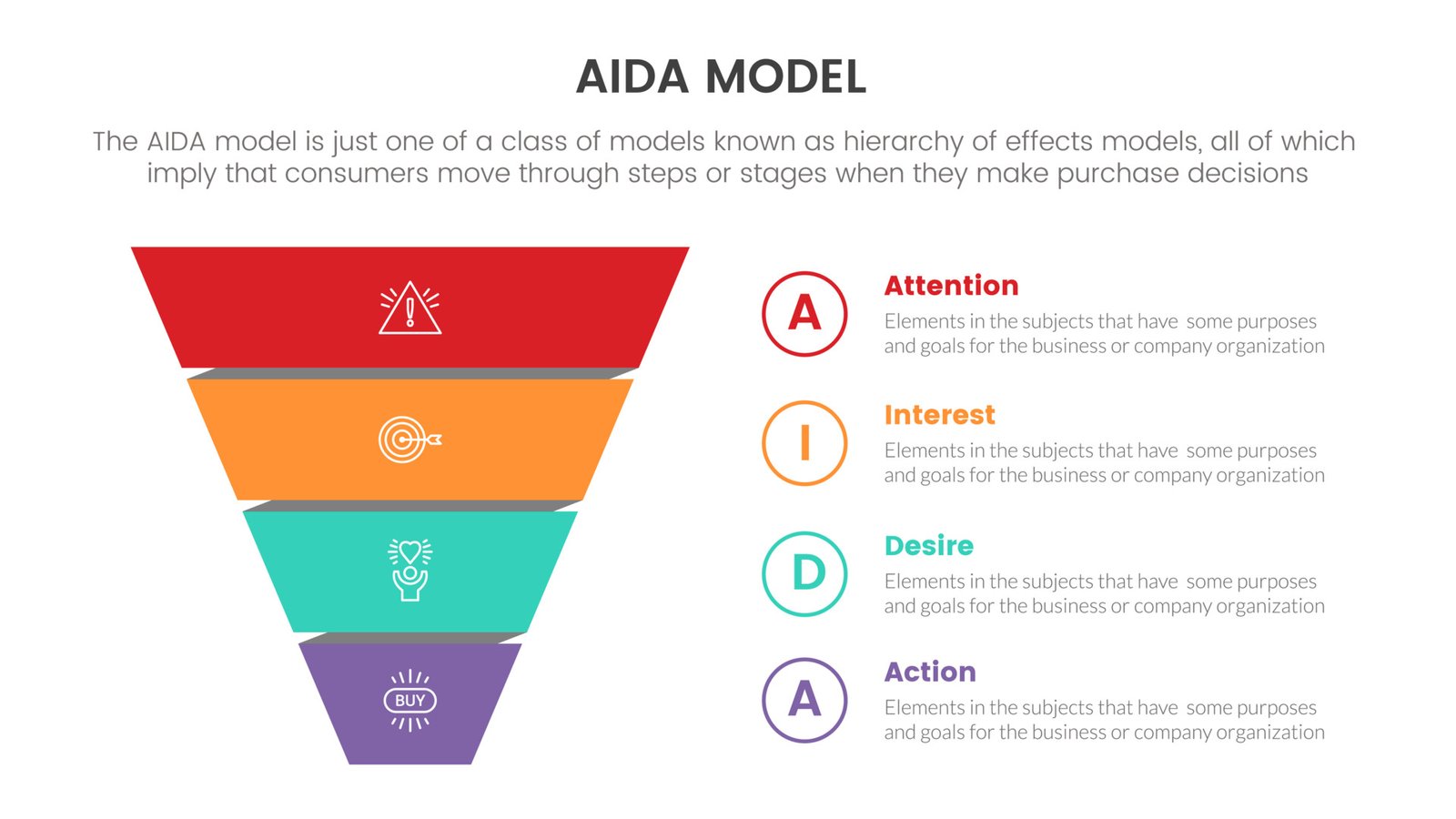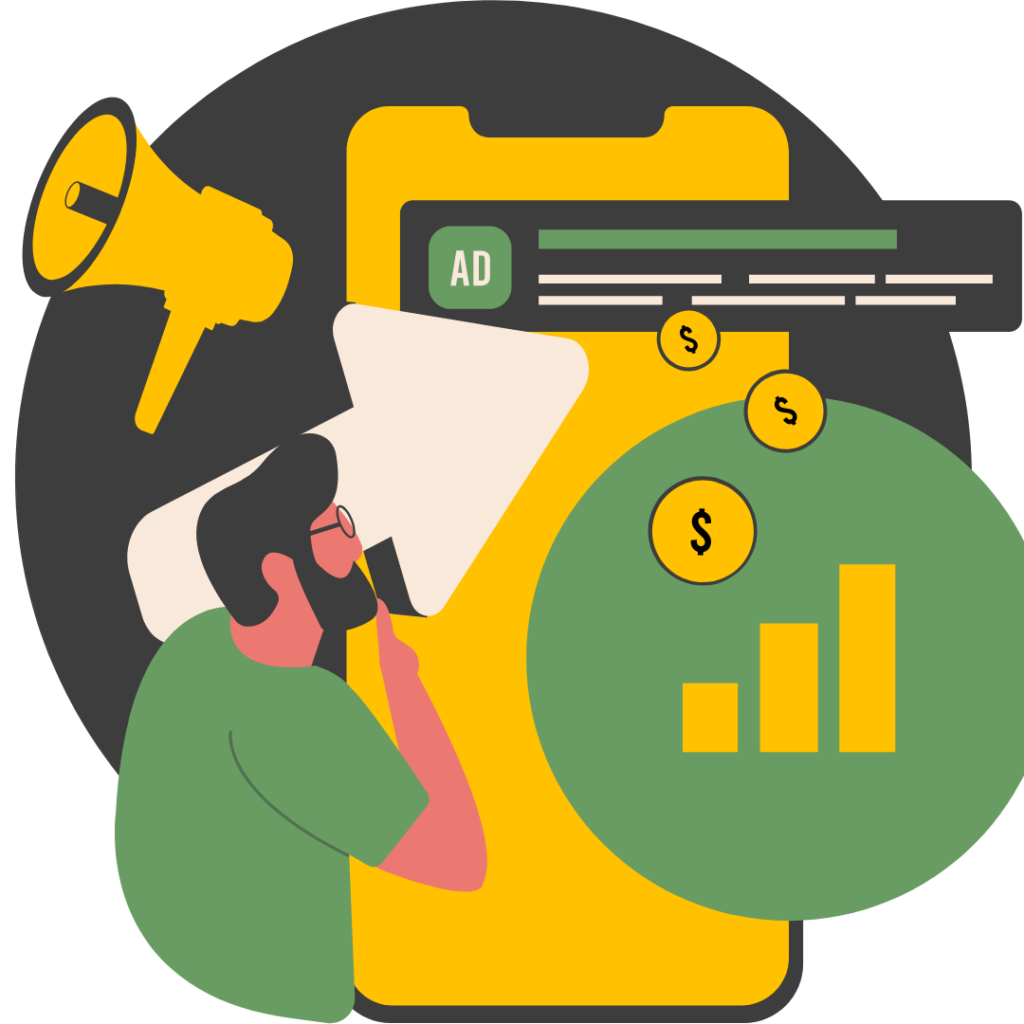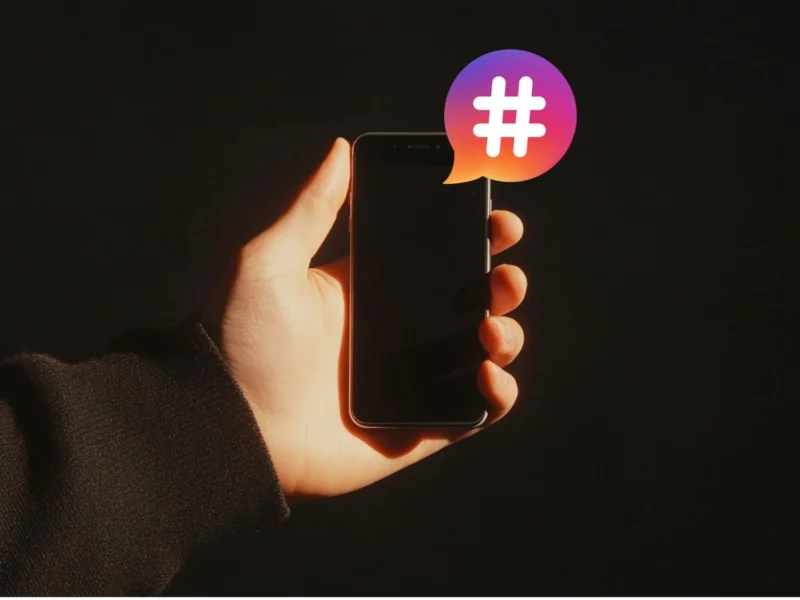AIDA in Action: A Proven Formula for Effortless Customer Engagement

Picture this: You’re walking down a bustling street, lost in thought, when suddenly, a street performer grabs your attention with a jaw-dropping act. You stop. Intrigued, you watch as the performance unfolds, captivating you with every move. Before you know it, you’re clapping, tossing a few bills into the tip jar, and walking away feeling entertained.
This, in essence, is how marketing works. It’s about grabbing attention, sparking interest, building desire, and ultimately, compelling action.
This is the foundation of the AIDA model—Attention, Interest, Desire, Action. A framework so powerful, it has guided businesses for over a century. But in today’s digital age, where algorithms rule and AI is reshaping how we engage with audiences, does AIDA still hold its ground?
Let’s dive in.
The Psychology Behind AIDA: Why It Just Works
It was the late 1800s when an advertising pioneer, Elias St. Elmo Lewis, first introduced the idea that customers don’t just buy—they journey toward a purchase. They don’t wake up and suddenly crave your product. No, they move through a series of psychological stages.
First, something needs to catch their eye. A headline, an ad, a social media post—anything that makes them pause. Then, curiosity sets in. “Wait, what is this?” They start digging deeper, reading more, watching, engaging. If the message resonates, desire takes hold. They want it. And finally, if all goes well, they take action—whether it’s making a purchase, signing up, or clicking that ‘Learn More’ button.
This model worked in the early days of print advertising, it worked when television took over, and it still works today, even in the fast-scrolling, AI-dominated digital world.
How AIDA Plays Out in Modern Marketing
Attention: The Art of Making People Stop Scrolling
We live in a world where attention is currency. If your content doesn’t stand out within the first few seconds, it’s lost.
That’s why first impressions matter. Whether it’s a bold headline, a striking image, or a compelling hook, your marketing must grab eyeballs instantly. Brands today use high-impact visuals, dynamic video content, and even AI-driven personalization to make sure the right message reaches the right person at the right time.
Take TikTok, for instance. A single well-crafted video can catapult a brand into viral success. Why? Because it stops people mid-scroll and forces them to engage.

Interest: Beyond the Clickbait—Keeping Them Hooked
Getting attention is one thing. Keeping it? That’s where the real work begins.
Have you ever clicked on an intriguing headline only to be met with fluff? Frustrating, isn’t it? Consumers today are savvier than ever. If your content doesn’t deliver value, they’re gone in seconds.
This is where storytelling, education, and relatability come in. People don’t just buy products; they buy into brands. They want stories, experiences, and solutions to their problems. A well-written blog post, a behind-the-scenes Instagram story, or a thought-provoking email can keep them engaged and wanting more.
Desire: Turning “That’s Cool” into “I Need This”
Desire is built on trust. It’s why reviews, testimonials, and case studies are gold in marketing. When people see proof—when they hear about real-life transformations—they feel the need.
Great brands don’t just sell; they create longing. Apple doesn’t just launch a new phone; they build an experience, a must-have lifestyle. Nike doesn’t just sell shoes; they sell the feeling of being an athlete.
Your brand needs to do the same. What problem are you solving? How does your product or service change someone’s life, even in the smallest way? Answer that, and you ignite desire.
Action: Making It Effortless to Say “Yes”
Ever walked into a store, ready to buy, but the checkout process was so complicated you walked right out? That’s what happens online every day.
Even the most interested customers won’t act if the process is confusing. AIDA’s final step—Action—is all about reducing friction. Clear call-to-actions, a seamless buying process, and well-placed incentives (like limited-time offers or free shipping) can push hesitant buyers over the edge.
Amazon’s one-click buy feature is a perfect example. It removes all obstacles between desire and purchase. The less effort required, the more likely people are to act.
AIDA in the Age of AI: What’s Changing?
Marketing today is no longer just an art—it’s a science. AI has entered the game, enhancing every stage of AIDA in ways we couldn’t have imagined a decade ago.
- AI captures attention through hyper-personalized ads, ensuring you see what you actually care about.
- AI maintains interest with smart chatbots that answer questions instantly, keeping users engaged.
- AI fuels desire by analyzing behavior and recommending products tailored to individual tastes.
- AI drives action through automated follow-ups, retargeting, and predictive analytics that make conversions seamless.
Does this mean AIDA is outdated? Not at all. It means it’s evolving. The core principles remain, but the tools have changed. If anything, AI amplifies AIDA, making it faster, smarter, and more intuitive.

So, What’s the Takeaway?
The AIDA model isn’t just some old-school theory—it’s the backbone of marketing psychology. Whether you’re a startup trying to make your first sale or a global brand refining your strategy, understanding these four stages can transform the way you connect with customers.
But here’s the key: don’t rely on AIDA alone. Customers today demand more than a predictable sales funnel. They crave authenticity, connection, and value. Pair AIDA with a customer-first mindset, leverage AI where it makes sense, and always focus on delivering real impact.
Because at the end of the day, marketing isn’t about algorithms or frameworks—it’s about people. And when you understand what makes people tick, why they buy, and how to guide them seamlessly from stranger to loyal customer, you’re not just selling.
You’re building a brand that lasts.
Further Reading
If you’re interested in how AI is revolutionizing marketing strategies, check out this insightful article from HubSpot.
For more marketing insights, strategies, and tips, explore our latest blog posts here.



